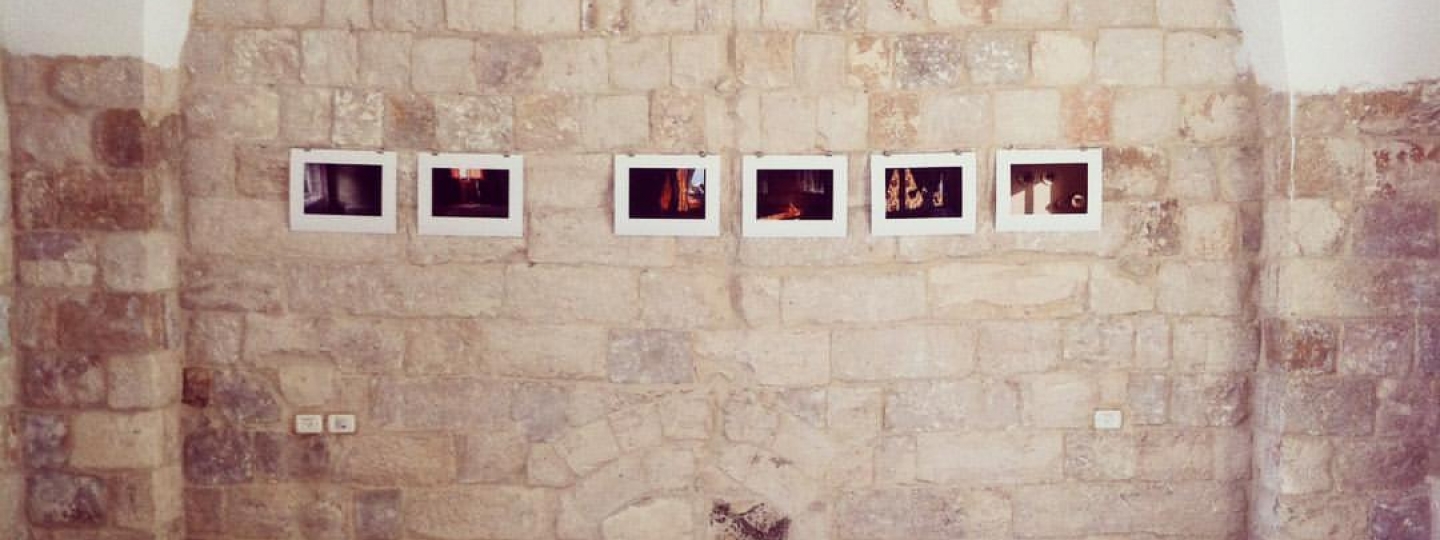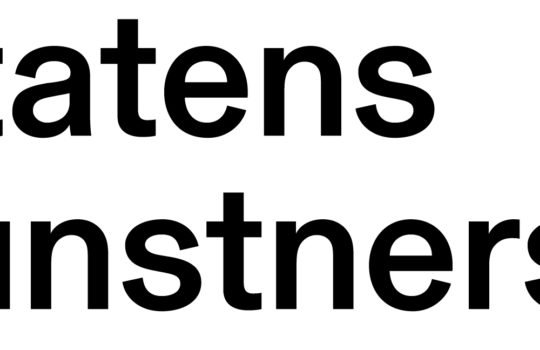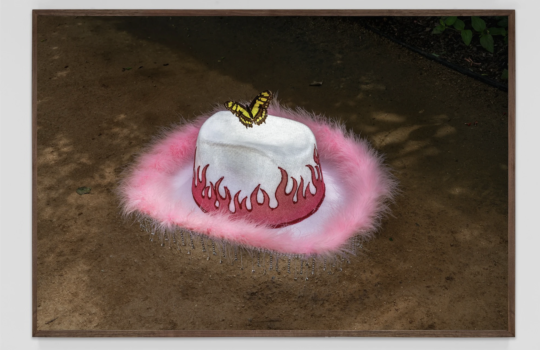

Exhibition: Nablus Cultural Festival | Signe Christine Urdal
Curators text:
ECHO OF A ROOM
A wall is a limit. A wall divides conditions.
Outside and in. This, and something else.
Behind walls, a person is born.
Another dies.
A young woman picks a colorful wallpaper for the kitchen where she will sit with her husband, her parents, her family and friends. A dog will have its bed placed next to this very wall. It will lay there, protected, protecting.
A wall is an idea, a concept of division. Of gathering family and friends, while shutting others out. A wall is private, and at the same time, very public. The other side of your living room wall is an outer wall, stopping people from entering.
The artist Signe Christine Urdal uses photography as a medium to study human relations. Being an anthropologist, she studies cultures, structures and symbols that tell stories about the people that live in, or have abandoned, a habitat. Whether it is Berlin, occupied Palestine or a village in Norway.
Urdal is fascinated by patterns, light playing on a surface, a diagonal crack in a concrete wall, a forgotten object. Through these, she gathers knowledge about people.
Being human means making choices and dealing with the choices of others. A state chooses to suppress a people. A wall separating citizens speaks of values and priorities. Narrow alleys and the high walls of a refugee camp reflects attitudes.
Through choices, we let others know who we are: A monarchist hangs a portrait of her King and Queen. A man never painted the worn boards or replaced the broken lamp. A woman displays a photo of her loved one. A man purchased four red chairs of which only one remains; the one where his father would sit, leaned against the yellow flowery wallpaper.
Urdal photographs stories. Her photos are deeply personal and function as a gateway to reflection and interpretation. In the display of these everyday scenes, dignity rests. They are careful snippets of lives that have been lived.
In her photos, Urdal also asks us: What is absence? For there are no people here. Who belongs behind these walls?
What remains when someone leaves a place?
Does a place lose its history if new people inhabit it?
There are many types of walls. The word holds both a physical and a deeper meaning. When the artist chooses to represent the human aspect through this metaphor, it presents immediate associations: Facing the wall, being a wallflower, bouncing off the wall.
Urdal's photos describe physical rooms. Each work is a story of the mutual impact rooms and people have on each other. However, by giving us the opportunity to interpret, we, the audience, find moving stories about what it means to be human. In this way, we can view her photos as an echo of a lived life.
The echo of a room.
Curator Karin Sunderø


